Dealing with stuck brakes on a semi-trailer is a common issue that can disrupt your operations and pose risks on the road. Understanding the reasons behind brake stickiness and how to resolve them efficiently is essential for any semi-truck driver or fleet manager. Below, we delve into the intricacies of brake systems, troubleshooting, preventive measures, and solutions you can employ to unstick semi-trailer brakes effectively.
Understanding Semi-Trailer Brake Systems
Types of Brake Systems
Semi-trailers typically utilize two primary brake systems: air brakes and hydraulic brakes. Air brakes are the most common in heavy-duty trucks due to their efficiency in handling large loads.
| Brake Type | Mechanism | Common Features |
|---|---|---|
| Air Brakes | Compressed air pushes pistons | Dependable for heavy loads, rapid response time |
| Hydraulic Brakes | Fluid pressure activates brakes | Used in lighter trailers, easier to maintain |
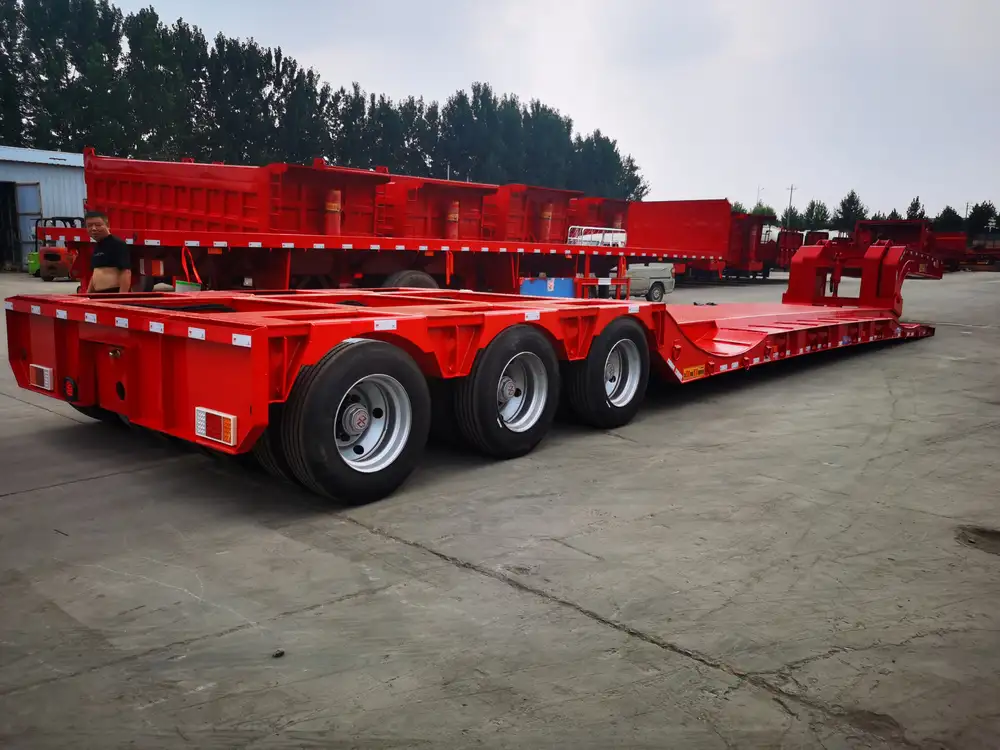
Components of Air Brake Systems
A standard air brake system comprises several key components that must work in conjunction:
- Air compressor: Compresses air to build system pressure.
- Air tanks: Store compressed air for use in brake application.
- Brake chambers: Convert air pressure into mechanical force to apply the brakes.
- Slack adjusters: Automatically maintain the proper distance between brake shoes and drums.
- Brake shoes and drums: Create friction to stop the trailer.
Understanding each component’s role can help in diagnosing issues that lead to brakes becoming stuck.
Causes of Stuck Semi-Trailer Brakes
Stuck brakes can be attributed to various factors. Here are the most common causes:
1. Moisture Build-Up
Moisture can accumulate within air brake systems, leading to ice formations, especially in colder climates. This ice can obstruct the air paths or freeze the brake components.

2. Brake Chamber Malfunction
A defective brake chamber may cause the diaphragm to fail, which prevents the brakes from releasing. If the springs inside the brake chamber become twisted or damaged, it can result in a too-tight grip on the brake shoes.
3. Worn Out Components
Over time, brake linings can wear down unevenly, leading to misalignment that can keep the brakes partially engaged.
4. Inadequate Maintenance
Failure to conduct routine maintenance can lead to dirt and debris accumulation, which can interfere with the function of brake components.
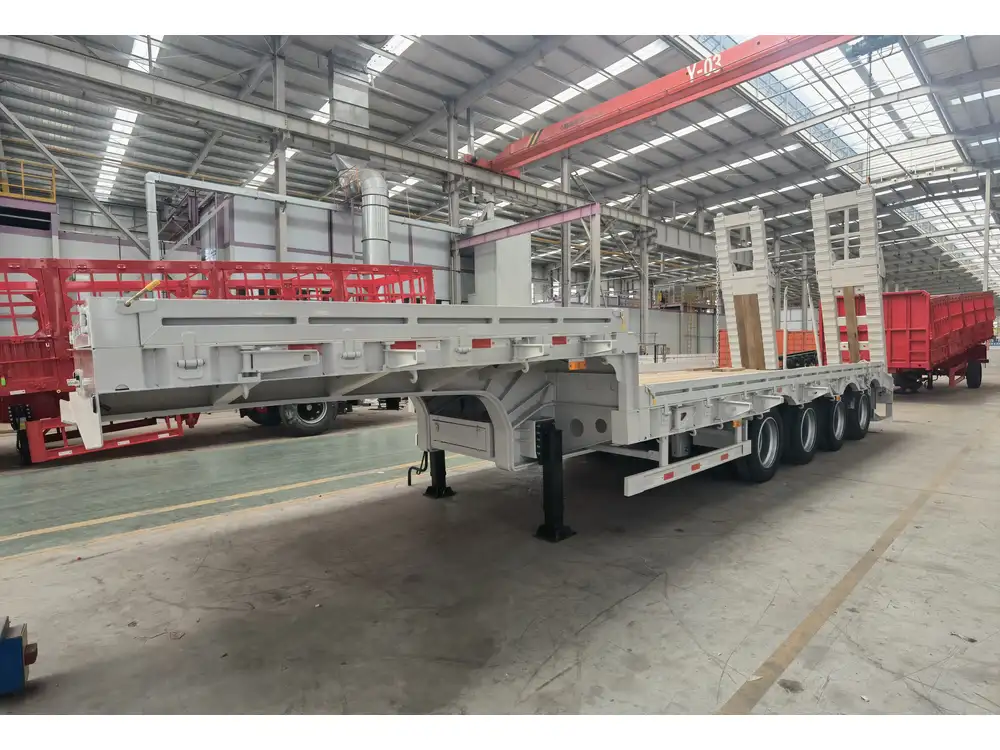
5. Supply Line Issues
Air leaks or blockages in the supply lines can prevent the necessary air pressure from reaching the brake chambers.
How to Diagnose Stuck Brakes on a Semi-Trailer
Diagnosing the issue effectively ensures targeted solutions. Here are steps to help you identify the root cause of the brake sticking:
Step 1: Visual Inspection
Conduct a thorough visual inspection of the brake system:
- Check for signs of corrosion, cracks, or damage on brake components.
- Inspect for moisture accumulations, particularly in cold weather.

Step 2: Listen for Air Leaks
While the trailer is stationary, listen for air leaks around the brake chambers and hoses. A hissing sound often indicates a leak that could lead to brake failure.
Step 3: Test the Brake Chambers
Manually release the brakes while inspecting the brake chambers. If they do not release quickly, further inspection of the chamber’s integrity is warranted.
Step 4: Assess the Slack Adjusters
Ensure that the slack adjusters are functioning correctly. An improperly adjusted or malfunctioning slack adjuster can lead to brake dragging.
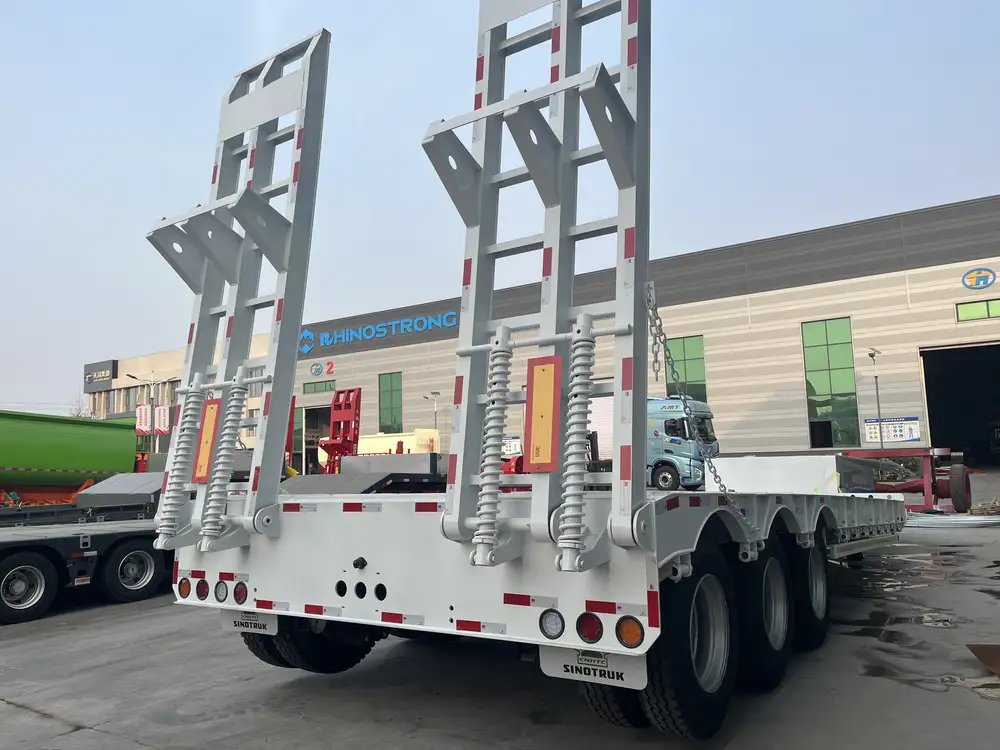
Step 5: Evaluate Air Pressure
Using a pressure gauge, ensure that the air pressure is within the operational range. Low pressure can lead to insufficient brake release.
Solutions to Unstick Semi-Trailer Brakes
Once you’ve identified the cause of stuck brakes, here are actionable solutions you can apply:
1. Using Compressed Air
Utilizing compressed air from your system can help clear minor blockages. Here’s how:
- Step 1: Connect an air hose to the trailer’s brake system.
- Step 2: Apply a short burst of air into the brake chamber to help free any ice or debris.

2. Release Valves
Many air brake systems are equipped with emergency release valves. Activating these valves may help in releasing stuck brakes:
- Step 1: Locate and activate the emergency release valve. This should release the brake pressure.
- Step 2: Once released, check for any signs of damage or malfunction.
3. Heat Application
In frigid conditions, warming the brake components can melt ice. Simply:
- Step 1: Drive slowly in a safe area to generate heat via friction on the brake pads.
- Step 2: Avoid overheating – keep speeds low to prevent damage.
4. Lubrication
Regular lubrication of moving parts can prevent the occurrence of stuck brakes:
- Step 1: Identify points needing lubrication, such as slack adjusters and pivot points.
- Step 2: Use appropriate lubricants as per manufacturer recommendations.
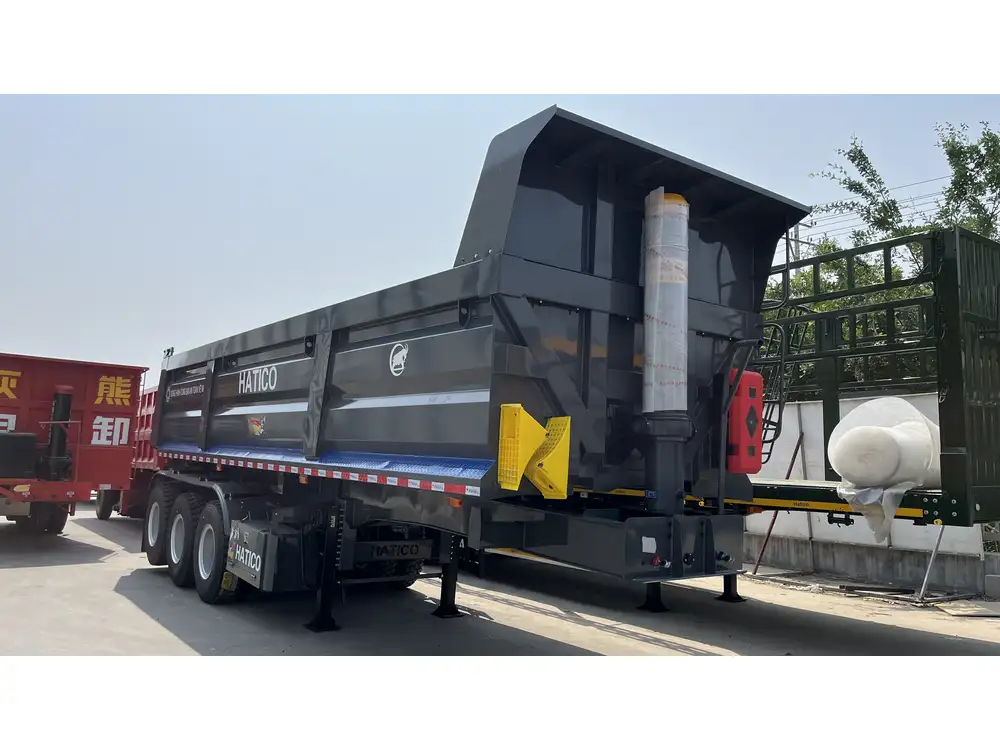
5. System Inspection and Repair
If the problem persists, consider a full inspection of brake components:
- Step 1: Engage a professional mechanic to inspect critical components like chambers, lines, and shoes.
- Step 2: Replace any worn or defective parts promptly.
6. Preventive Maintenance Practices
Incorporating scheduled maintenance can mitigate issues before they arise. Typical practices can include:
| Maintenance Task | Frequency | Description |
|---|---|---|
| Inspect Brake Components | Monthly | Check for wear, moisture, and damage in all brake parts |
| Drain Air Tanks | Every week | Remove condensed moisture to prevent freezing |
| Lubricate Moving Parts | Bi-monthly | Ensure all creased and pivot points are lubricated to allow smooth operations |
| Conduct Air System Testing | Quarterly | Assess the entire air system for leaks and functionality |
Understanding the Importance of Proper Brake Functioning
Proper brake function is paramount not only for compliance with safety regulations but also for the overall efficiency of your fleet. When brakes stick:
- It creates excessive wear and tear on components, compromising safety.
- It can lead to increased fuel consumption due to brake drag.
- It may limit the operational capabilities of heavy-duty hauls, reducing delivery reliability.
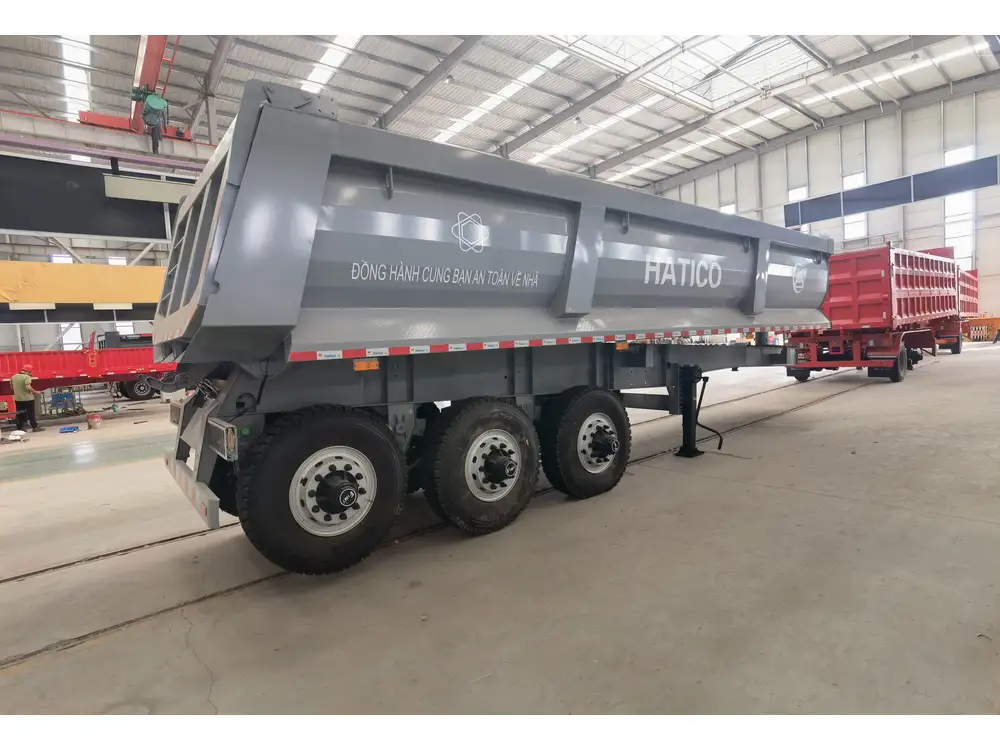
Conclusion
Stuck semi-trailer brakes pose a significant risk on the road and within fleet operations. By understanding the functioning of brake systems, identifying issues early, and applying effective solutions, you can maintain optimal brake performance. Ensuring that regular preventive maintenance is instilled in your operations will further safeguard against future problems.
Emphasizing efficient transport within regulatory safety margins can enhance your operational reputation and maximize profitability. Engaging with skilled professionals and investing in proper maintenance resources is essential to keep your semi-trailer systems running seamlessly and safely.
This comprehensive approach to understanding and resolving issues related to stuck semi-trailer brakes will ensure that you remain on the road safely and efficiently.



